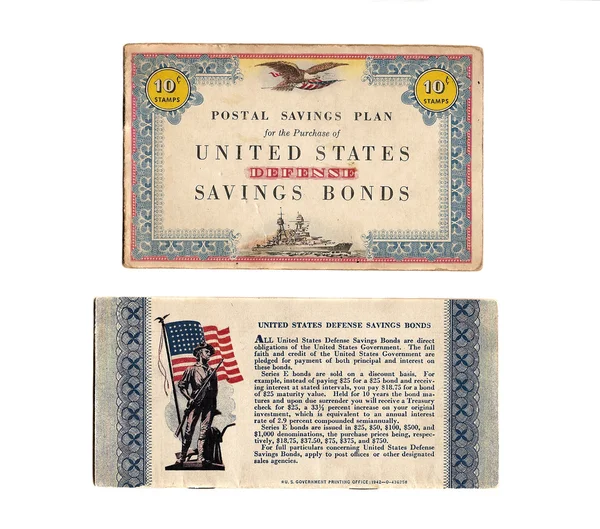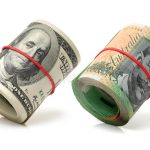US Bond Investors increase their protection bets eve of the FOMC, as fear of impending recessionary pressures and uncertainty looms
The US bond investors betting on slow down ahead.
Investors in The US bonds have embraced the safety of U.S. bonds & Treasuries. And reduced their stakes in investment quality and high-yield credit. Thinking a recession is imminent and prepared for the conclusion of the Federal Reserve’s tightening cycle.
The failure of SVB and Signature Bank (OTC: SBNY) in March; and the present problems at First Republic Bank (NYSE: FRC) placed additional strain on market participants.
The bond markets bets on the Fed pause after one more rate increase
At its meeting this week, the Fed is widely anticipated to hike interest rates by 25 basis points (bps), to a range of 5.0%-5.25%. Although the debate over the debt ceiling has entangled the outlook on this possibility. The prediction remains that it will cease after that and possibly begin reducing rates in the fall.
One of the most drastic tightening rounds over a comparable time period since the late 1970s. It has seen the Fed increase interest rates by 500 basis points since March of last year.
Fund managers have maintained either a neutral risk strategy, sticking to Treasuries and superior investment-class corporate bonds. Or prolonged duration, which gauges the bond’s exposure to interest rate campaigns, in their holdings, in response to the still-tense environment.
Having for a long period shows the belief that U.S. bond yields will decline as a result of the Fed’s inevitable rate reduction. Longer-term fixed income tends to perform better when the economy weakens.
The data shows an increase in bond investments inflows in the recent week
According to data, U.S. government bond funds saw inflows of $2.22 billion during the week ending April 26. As opposed to net selling of $2.14 billion the week before. Additionally, Treasury ETFs received $634 million in influxes over the course of the week. U.S. 5-year rates have decreased 67 basis points since March, indicating greater investor interest. According to price movement. The U.S. 10-year rates followed the same trend, falling 47 bps.
KEEPING IT NEUTRAL PLAN
However, certain investors have chosen to maintain a “neutral period” on their investment plans. Pointing to unusual movements in Treasury bonds that experienced a significant rally, along with the ambiguity related to the debt ceiling.
As investors looked for safety over the banking crisis, U.S. Treasuries increased in value in March, driving yields lower. The U.S. two-year yield. Which measures rate expectations, dropped by over 60 basis points in March, the most since Dec 2007.
On Thursday, the U.S. Senate failed to take any action to avert a developing crisis. After Republicans dismissed requests to increase the $31.4 trillion ceiling without restrictions and Democrats refused the concept of negotiations.
Markets worried that a debt crisis would hurt the economy, disrupt the stock market, and force the Fed to lower interest rates









